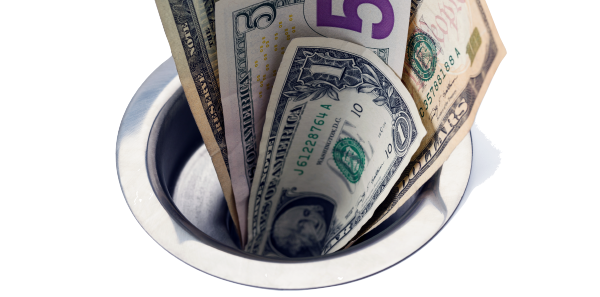
The ultimate financial catastrophe for a stock investor is to sell low. Doing so late in your working career may prove irrecoverable, and physician investors who have done so often end up working an additional five to 10 years to make up for those mistakes. This is a financial error on par with not owning disability or malpractice insurance.
Explore This Issue
ACEP Now: Vol 38 – No 02 – February 2019Three Suggestions
I’ll give you three tips to help you avoid this catastrophe:
First, make sure you have a solid financial plan in place. Although the stock market as a whole will almost surely recover within a few months or years (on average, a full recovery from a bear market takes just 22 months), there is no guarantee any individual company or sector will perform as expected. If you do not have a reasonably risky, broadly diversified low-cost portfolio, or worse you are running the uncompensated risk inherent in picking stocks or sectors, this is a good opportunity to put a solid investing plan in place. If you fund your plan adequately, a boring old diversified portfolio of index funds should be adequate to reach your financial goals. If you are uncertain how to implement such a plan, seek out a fee-only, fiduciary financial adviser who offers good advice at a fair price.
Second, make lemonade out of lemons. Yes, you may have lost money. Don’t kid yourself that the “losses aren’t real if I don’t sell.” They are real. Money that used to be yours that you didn’t spend on a Tesla or a kitchen renovation in order to invest for your future really is gone.
However, you also now have an opportunity. If you are investing in a nonqualified (taxable) account, you can engage in tax-loss harvesting—that is, exchanging your investment with a loss for a similar but not substantially identical investment (in the words of the IRS). You can deduct up to $3,000 per year of losses from your clinical income, and the rest can be used to offset capital gains or carry over for use in future years.
Even if you have no investments in a nonqualified account, you now have the opportunity to buy low that investors always hope for. For example, in December 2018, you can buy stocks at November 2017 prices. In a particularly severe bear market, you may be able to buy at prices you haven’t seen in five to 10 years.
There is an old saying, “You make most of your money in bear markets—you just don’t realize it at the time.” When you look back as a retiree, you will realize the best returns on your investment dollars came from shoving money down the rat hole during a bear market.
Pages: 1 2 3 | Single Page






No Responses to “How to Avoid Catastrophe in a Market Downturn”